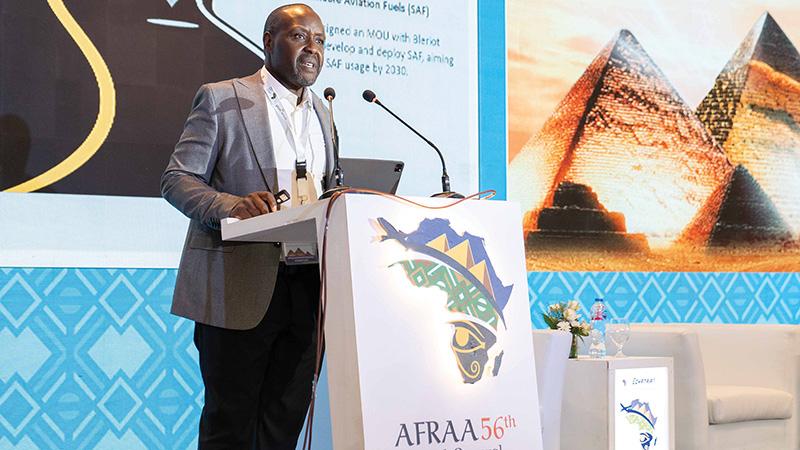
Kenya Airways CEO Allan Kilavuka.
Credit: AFRAA
African airlines pay 15% more for kerosene than other airlines around the world. With many struggling to stay afloat, how will they cope with the price premium of sustainable aviation fuel (SAF)? And does Africa have a plan for net zero? “Sadly, there is no SAF production in Africa. That must change...
Why Aviation Sustainability Is Much Harder In Africa is part of our Air Transport World subscription.
Subscribe now to read this content, plus receive full coverage of what's next in air transport from the experts trusted by the global air transport community. Every article focuses on what airline management professionals need to run their airline, including crucial analysis and insights in financing, airframes and engines, environmental and regulatory pressures and much more.
Already a subscriber to ATW or an AWIN customer? Log in with your existing email and password.





